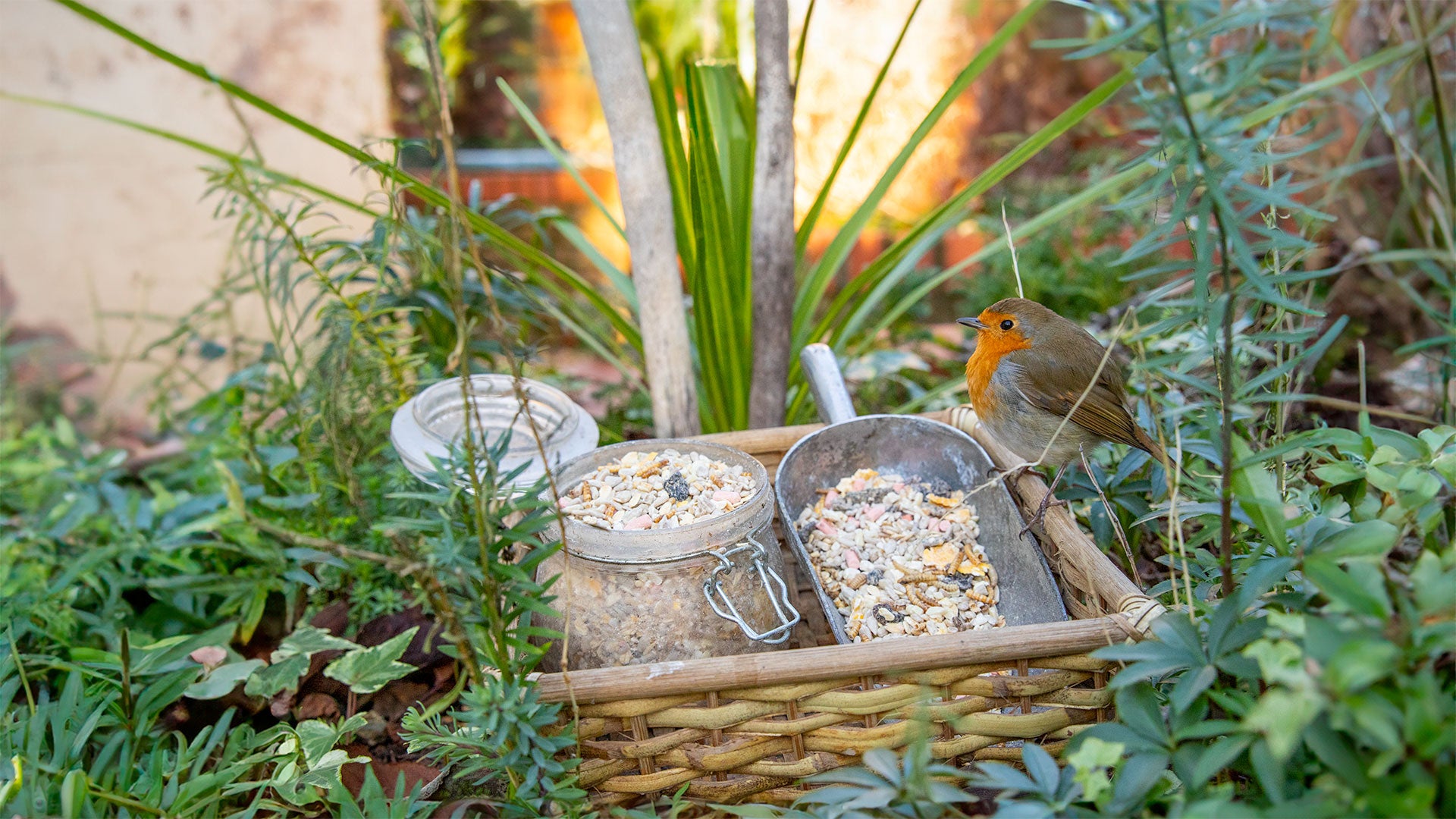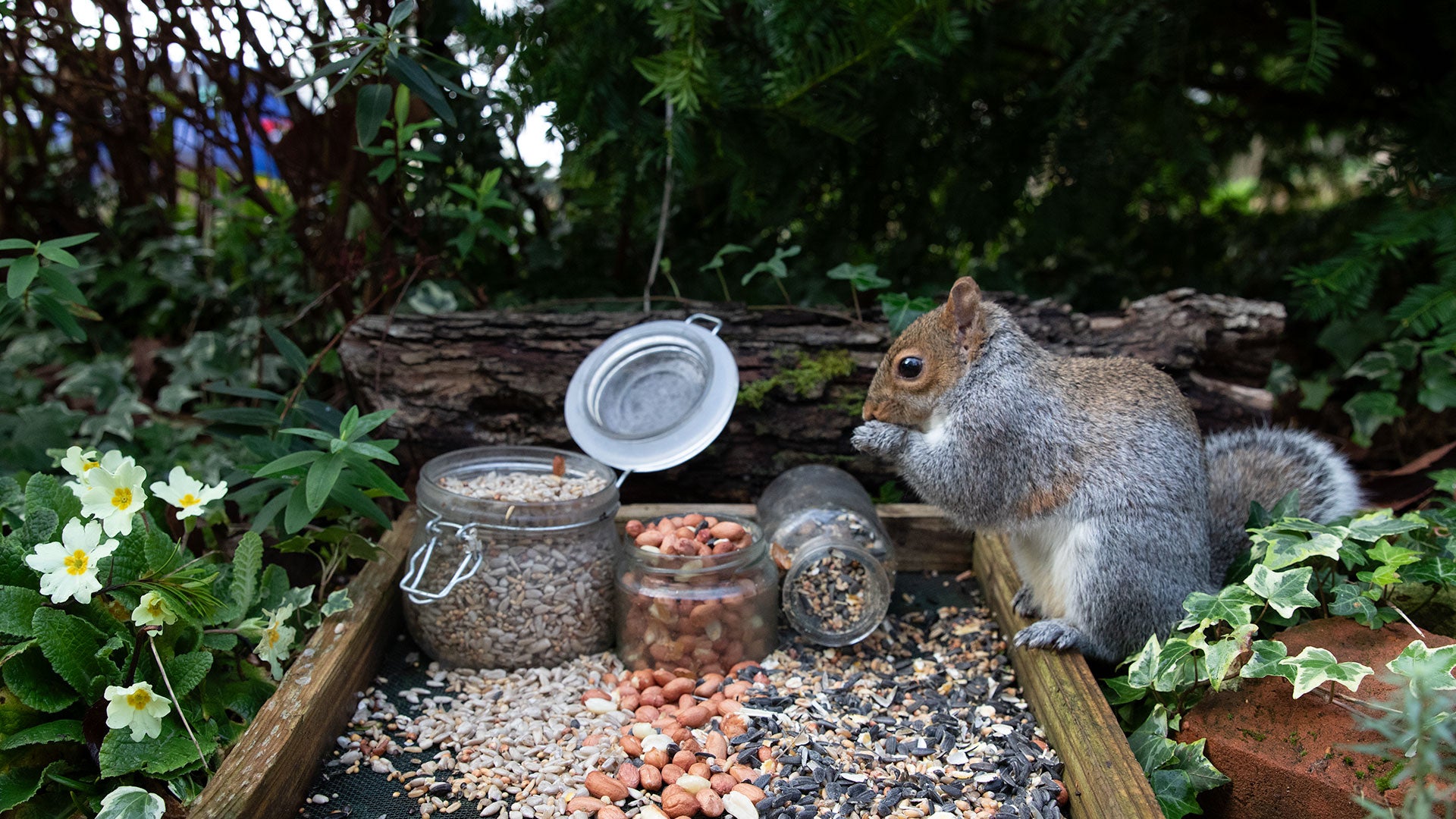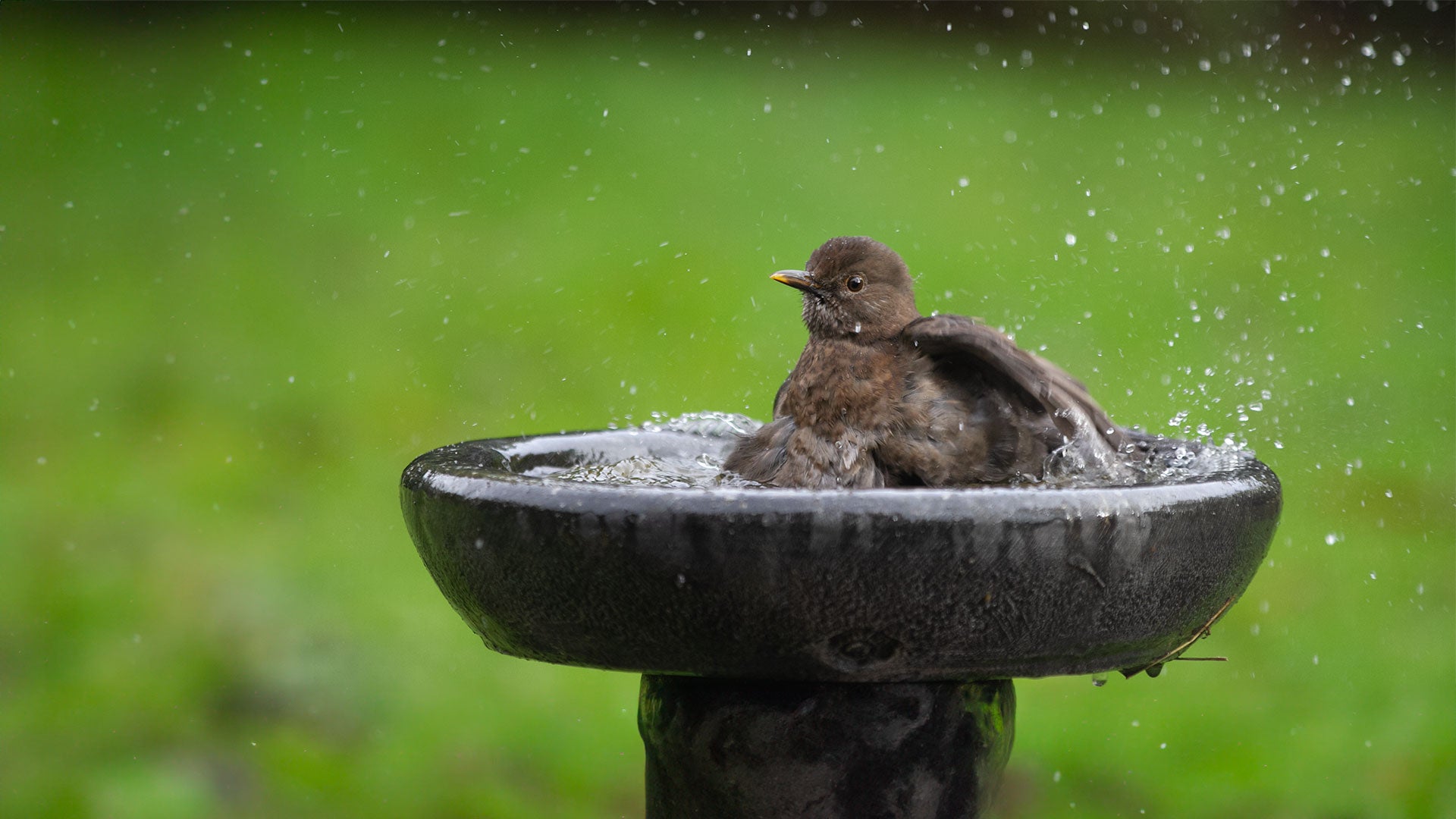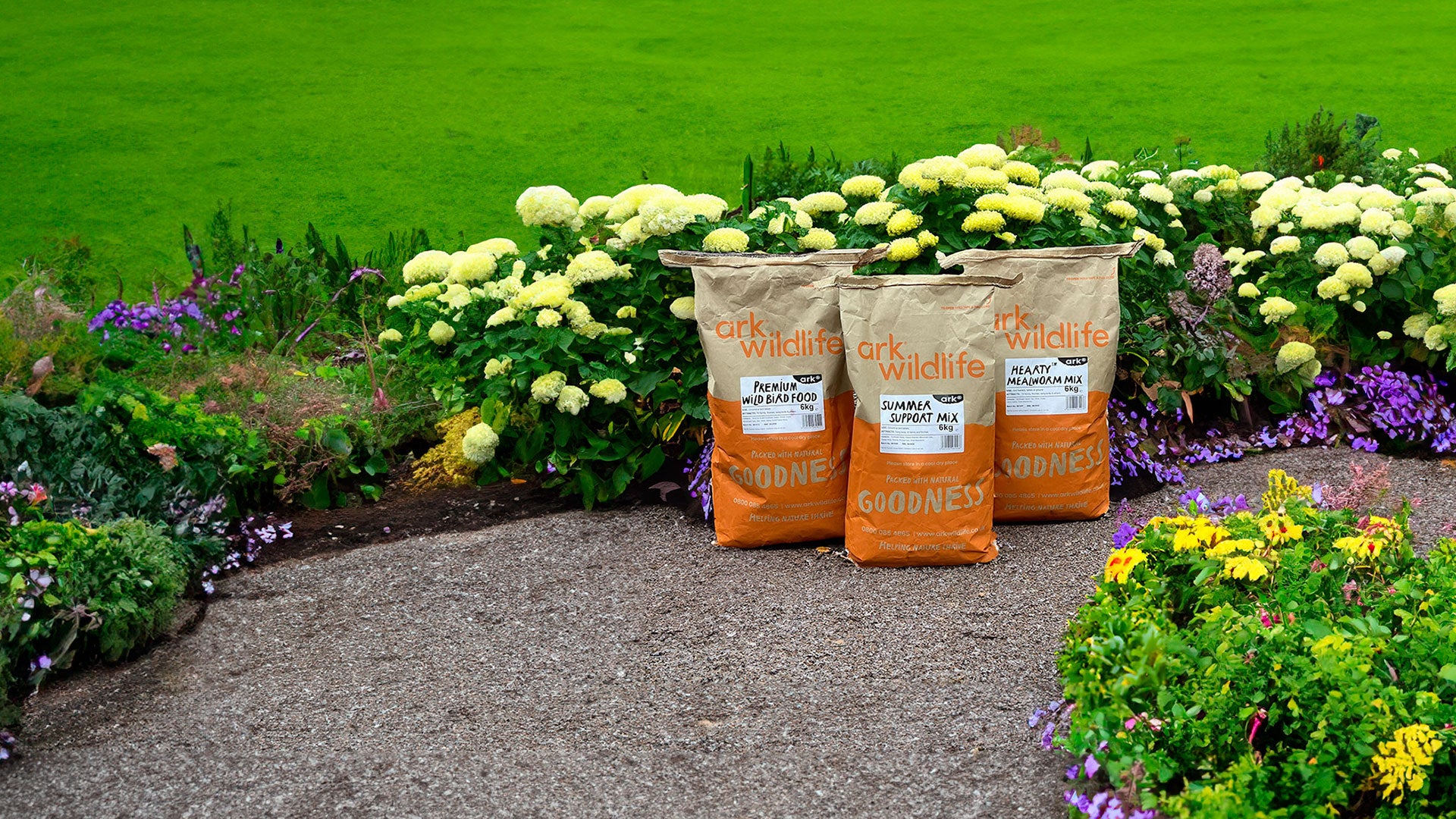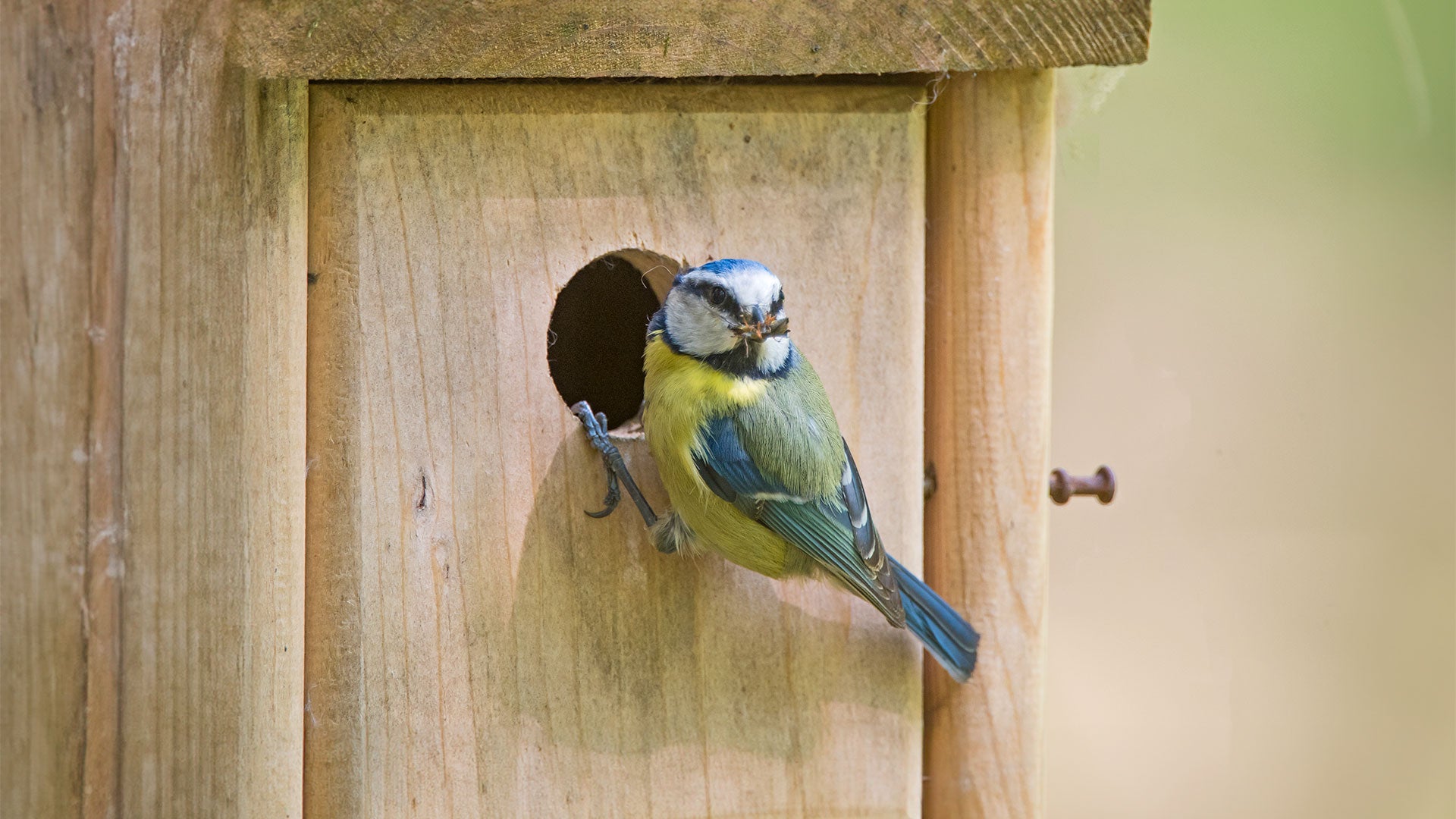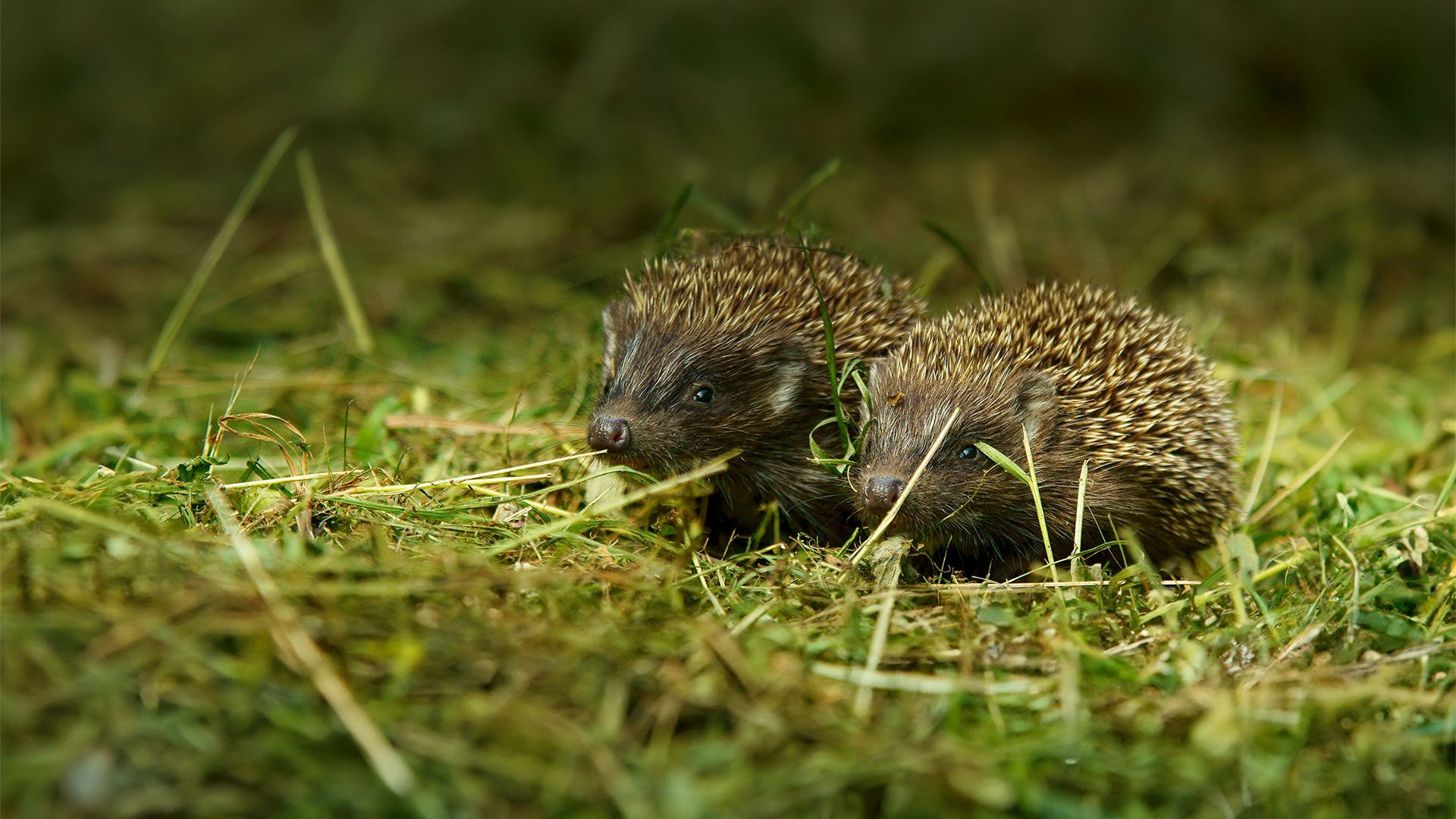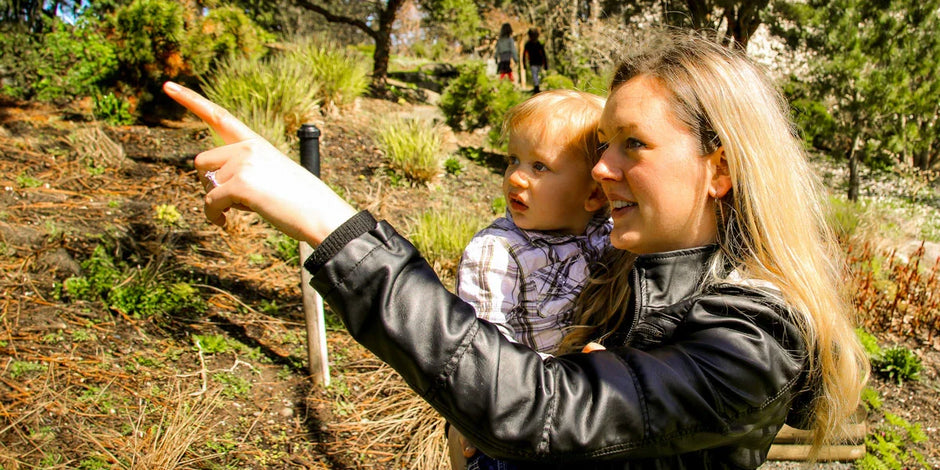The Bishop's Palace is the residence of the bishop of Bath and Wells in Wells in Somerset, England. This is the story of the tradition of the resident swans on the moat, that's thought to go right back to the 1850's.
Wells and Bell Ringing Swans
In the Cathedral City of Wells in Somerset a tradition that started in the mid-1800s continues today – mute swans that ring a bell for food at the moated medieval Bishop’s Palace. As with all good traditions, there is a little fuzziness around how and why, but it began with one of the Bishops of Bath and Wells’ daughters in around 1850. A small bell was added by a window at the Gatehouse with a rope attached and the mute swans, who had been resident on the moat for some years, were fed from the window after ringing the bell.
In 2019, a new pair of mute swans arrived at The Bishop’s Palace in Wells – Grace and Gabriel. After a day or two of settling in, I started the task of teaching them to ring the bell – to continue this much-loved tradition. I am pleased to report that Gabriel, the cobb (male swan) was amazing and picked this up in 5 days. The best part is that he now shows the cygnets each year how to do this so no more bell-ringing teaching for me.

Swans on Camera
As the swans on the moat are so well loved, the arrival of cygnets each year is welcomed by Wells’ residents and visitors alike. For those not able to visit and see the swans at the Palace, we have a Swan Cam. This live webcam focuses on the nest and enables anyone watching to follow egg laying, incubation and then the hatching of the cygnets.
This year, 2024, we have been able to get Swan Cam up and running a few weeks early so that anyone watching may be able to follow Gabriel’s nest building – something we have not seen on Swan Cam before, followed by Grace inspecting his work, then egg laying. Once the eggs are laid, Grace will sit on the nest for approximately 40 days to incubate the eggs, leaving for only brief spells to feed, drink and clean herself.
Frequent watchers of Swan Cam then get very excited, usually in late April, when Grace moves and wiggles a lot on the nest, and this usually indicates that the eggs are about to hatch. Keen eyes then follow Swan Cam closely to see who can get the first peek at a cygnet!
Once the cygnets have hatched, they will only spend a few days on and around the nest, making more frequent trips to the moat before leaving the nest completely.
Swam Cam at The Bishop’s Palace has become a fixture in the diary indicating that Spring is on the way. Swan Cam can be enjoyed via The Bishop’s Palace website – it is available 24 hours a day at https://bishopspalace.org.uk/attractions/swans.

There is generally only one mating pair of mute swans on the moat at The Bishop’s Palace at one time. A mating pair can get quite territorial so to keep the peace and tranquillity of the moat balanced, the resident pair will usually see off any other interested swans. Once the cygnets are between 6 – 9 months old they are also encouraged to leave the moat, to spread their wings so to speak, and explore (move to) the Somerset levels. Usually, the final cygnets leave the moat around the time nesting starts.
As the “Palace Swan Whisperer” I have learnt a lot about swans during my time at The Bishop’s Palace, mostly through observation and just spending time with the swans. I have grown to love them and now think of them as my swans! I have been blessed that they trust me (well I am the food lady) and have had some wonderful close encounters. These include sitting on the office floor surrounded by week-old cygnets, walking across the Market Square in Wells with 6 swans following me back to the moat and being able to watch (from a distance) as a cygnet hatched from its egg.
I hope that you will be able to enjoy a little of what I experience every workday with the swans at The Bishop’s Palace when you watch Swan Cam. It is now live and will be until mid-May 2024.
Do keep a look out for some of our other moat residents and visitors that may make an appearance on Swan Cam including our ducks, moorhens, kingfishers, robins, water voles and blackbirds. In the past, we have seen otters and badgers, but they are only occasional visitors and haven’t been seen at the current nest site!

The Bishop's Palace
The Bishop’s Palace is a medieval moated Palace, which has been the home and workplace for the Bishops of Bath and Wells for over 800 years. It has also been the residence of mute swans since around 1850. Open to the public as a visitor attraction, it boasts 14 acres of RHS partner gardens, a ruined Banquet Hall, a Bishop’s Chapel, and a wonderful medieval Palace. Hosting a wide variety of events throughout the year, visitors are welcome to explore the gardens, relax by the moat, enjoy one of the many events throughout the year or just soak up the tranquil historic space.
The Palace and Gardens are open daily, and our admission ticket (£17.50) gives you re-admission for up to 12 months and includes access to many of our events. Visit our website: https://bishopspalace.org.uk/.
Follow us on social media: Facebook https://www.facebook.com/Bishopspalace Instagram https://www.instagram.com/bishopspalacewells/ .
Moira Anderson – Swan Whisperer
I have worked at The Bishop’s Palace for 12 years as the Administrator and now HR Operations Officer. Born in Somerset, as a child we would visit Wells and feed the ducks and swans on the Moat. Since joining The Bishop’s Palace, my love for the swans has grown to the point where I have acquired a secondary job title of ‘Swan Whisperer’! I have a ‘chat’ with the swans most days and love telling visitors about them. So much so that I have started to give talks to local groups.


